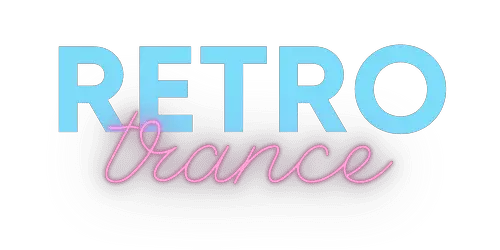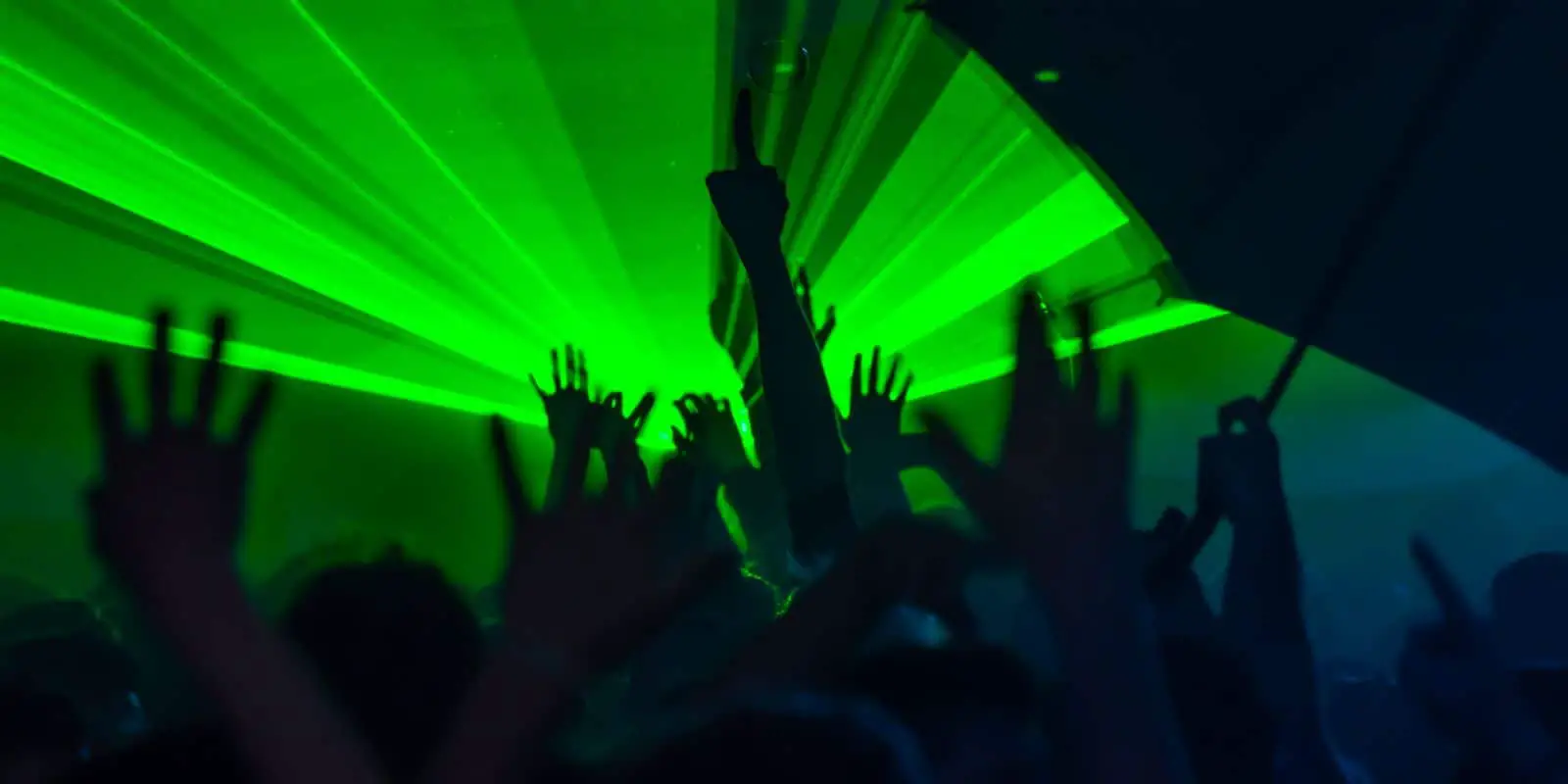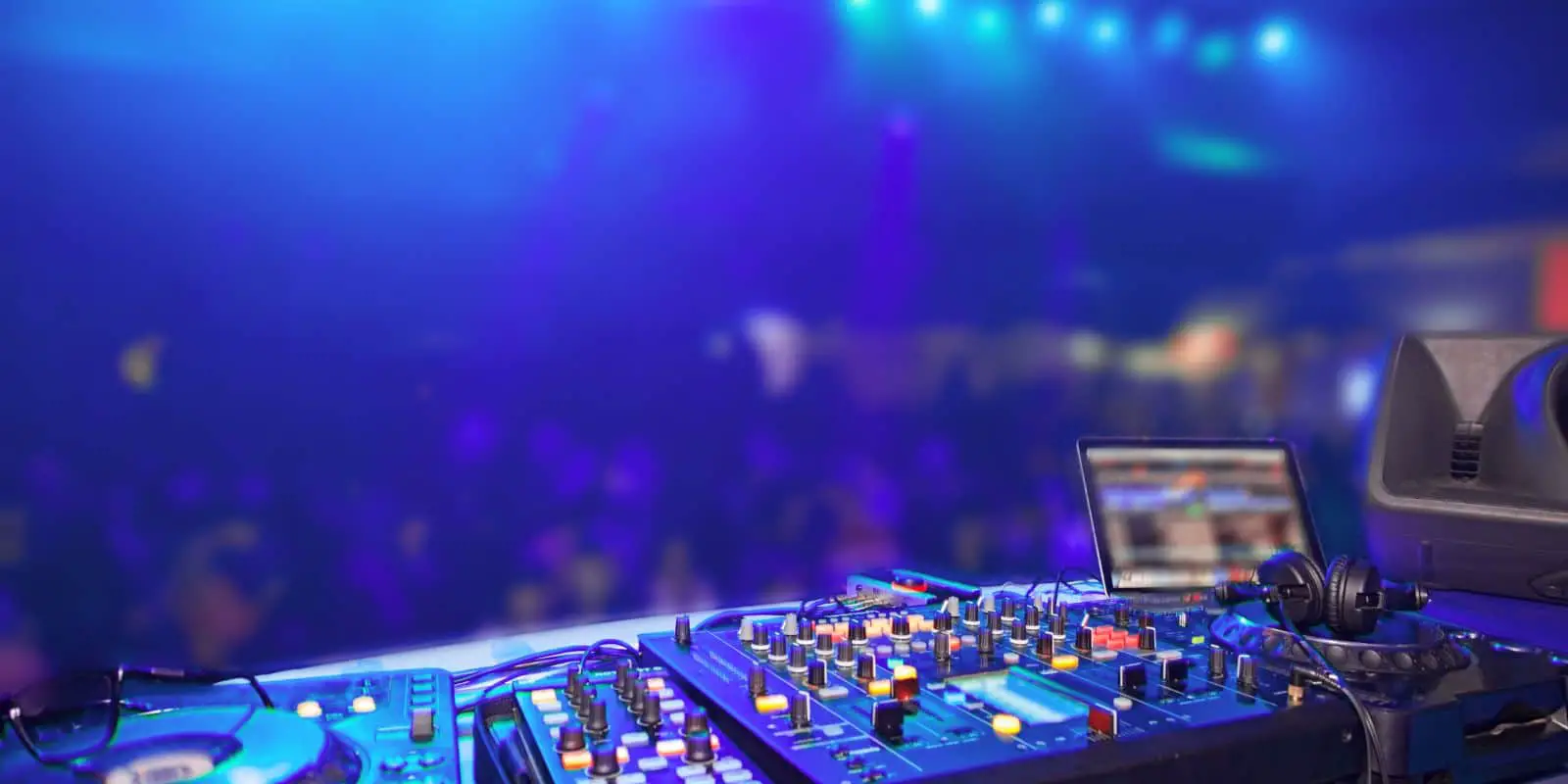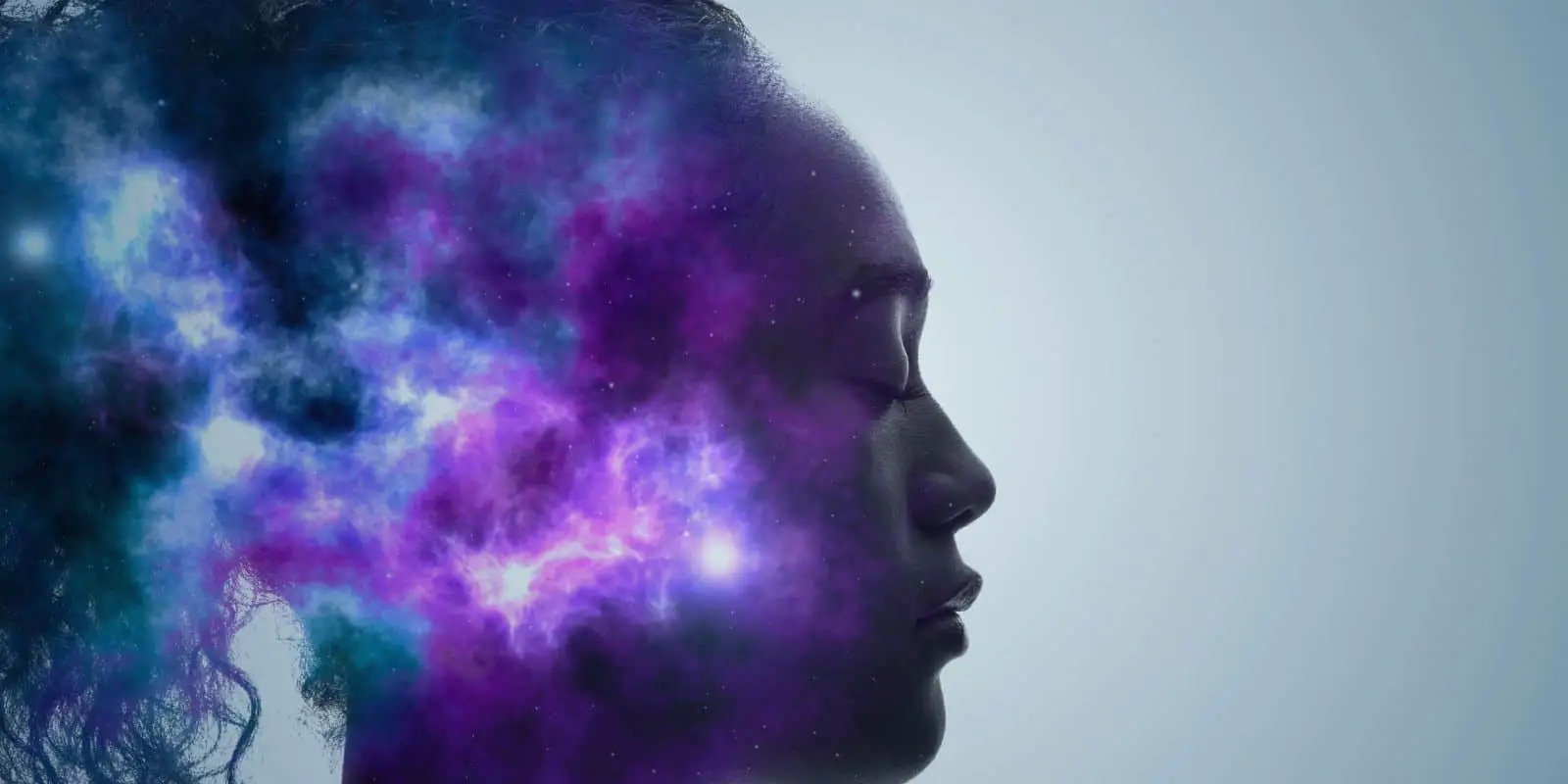Trance music has been around for decades and has gone through various phases of popularity. As avid fans of the genre, we’ve often wondered when trance music was most popular. After conducting some research, we’ve found that trance music reached its peak of commercial success at the turn of the new millennium, from the late 1990s to the early 2000s.
During this time, trance music was everywhere, from clubs to radio stations. Many popular trance DJs and producers emerged during this era, such as Armin van Buuren, Tiësto, and Paul van Dyk. Trance music festivals and events also became more widespread, with events like Trance Energy in the Netherlands and Creamfields in the UK attracting thousands of attendees. The popularity of trance music during this time is often attributed to its uplifting and euphoric sound, which resonated with many people.
While trance music may not be as commercially popular as it once was, it still has a dedicated following and continues to evolve with new sub-genres and styles. As we delve deeper into the history and evolution of trance music, we hope to gain a better understanding of why it was so popular during its peak and what makes it such a beloved genre among fans.
Trance Music in the 1990s
Trance music emerged as a distinct genre in the late 1980s and early 1990s, drawing influences from techno, house, and ambient music. It quickly gained popularity and became one of the most dominant genres of electronic dance music in the 1990s. In this section, we will explore the origins of trance music and some of the early trance music producers.
Origins of Trance Music
Trance music originated in Germany and the United Kingdom in the late 1980s. It was heavily influenced by the acid house and techno scenes that were popular at the time. The term “trance” was first used by German DJs and producers to describe a specific type of electronic dance music that was characterized by its repetitive beats, melodic synthesizer lines, and use of atmospheric soundscapes.
One of the earliest and most influential trance tracks was Age of Love’s “The Age of Love,” which was released in 1990. The track helped to popularize the trance genre and set the tone for many of the trance tracks that followed. Other early trance tracks from the 1990s include Jam & Spoon’s “Stella,” Cosmic Baby’s “Fantasia,” and Dance 2 Trance’s “We Came in Peace.”
Early Trance Music Producers
The early 1990s saw the emergence of several influential trance music producers. One of the most notable was German producer Paul van Dyk, who released his first trance track, “For an Angel,” in 1994. The track became a massive hit and helped to establish van Dyk as one of the leading figures in the trance scene.
Other notable early trance producers from the 1990s include Ferry Corsten, Armin van Buuren, and Tiësto. These producers helped to shape the sound of trance music in the 1990s and pave the way for its continued popularity in the years that followed.
In conclusion, the 1990s were a pivotal decade for trance music, with the genre emerging as a dominant force in electronic dance music. The origins of trance music can be traced back to Germany and the United Kingdom in the late 1980s, and the early 1990s saw the emergence of several influential trance music producers. These early pioneers helped to shape the sound of trance music and set the stage for its continued popularity in the years that followed.
Trance Music in the 2000s
Trance music in the 2000s was arguably the genre’s commercial peak. It was a time when the music was at its most popular and influential, with many classic tracks and albums being released during this period.
Mainstream Success of Trance Music
During the early to mid-2000s, trance music was a staple of mainstream dance music. The genre was regularly played on commercial radio stations and was featured on popular TV shows and movies. Trance artists like Armin van Buuren, Paul van Dyk, and Above & Beyond became household names, and their music was played at clubs and festivals around the world.
One of the reasons for the genre’s success was its accessibility. Trance music was characterized by its uplifting melodies, driving beats, and emotional vocals, making it easy for people to connect with the music. The genre’s popularity also led to the emergence of a new generation of trance producers, who were able to take the genre in new and exciting directions.
Trance Music Festivals and Events
The 2000s were also a time when trance music festivals and events started to gain popularity. Festivals like Trance Energy in the Netherlands, Creamfields in the UK, and Sensation in Germany attracted tens of thousands of fans from around the world. These events were a celebration of the genre, featuring performances from the biggest names in trance music, as well as up-and-coming artists.
Trance music events were also known for their spectacular production values, with elaborate stage designs, lighting, and visual effects. These events were a sensory experience, with the music, visuals, and atmosphere all coming together to create a unique and unforgettable experience.
In conclusion, the 2000s were a time when trance music was at the height of its popularity. The genre’s accessibility and emotional appeal made it a favorite among mainstream audiences, while the emergence of new artists and festivals helped to keep the genre fresh and exciting.
Trance Music Today
Trance music has been around for over three decades, and it continues to evolve and thrive today. While it may not be as popular as it was in the early 2000s, it still has a dedicated following of fans who appreciate the genre’s unique sound and uplifting vibe.
One of the reasons why trance music has endured is that it has evolved over time. Today, there are many sub-genres of trance, each with its own unique sound and style. Some of the most popular sub-genres include progressive trance, uplifting trance, and psytrance.
Another reason why trance music remains relevant is that it has adapted to new technologies and trends. DJs and producers are constantly experimenting with new sounds and techniques, incorporating elements of other genres like techno, house, and even classical music.
Despite its niche appeal, trance music continues to be popular around the world. There are countless clubs, festivals, and events dedicated to the genre, and new artists are emerging all the time.
In conclusion, while trance music may not be as mainstream as it was in the early 2000s, it still has a dedicated following and continues to evolve and thrive today. With its unique sound and uplifting vibe, it’s no wonder that trance music has endured for over three decades.



